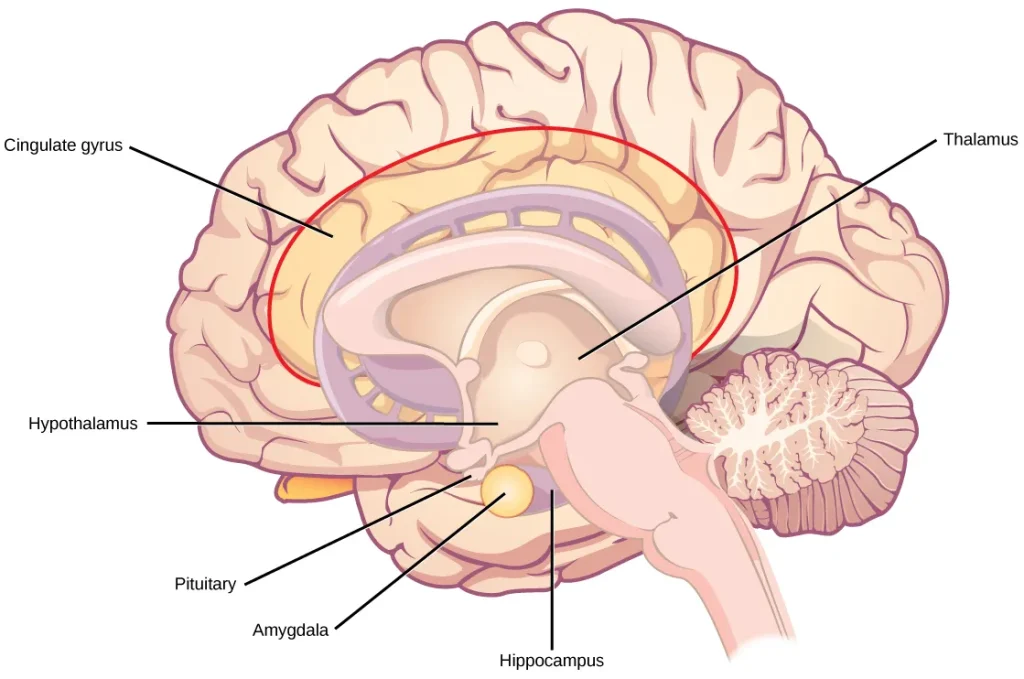A burnout is when you feel emotionally drained, physically tired, and mentally worn out from long-term stress at work and/or in your personal life. While it’s okay to feel that occasionally, long-term burnouts could metaphorically “burn” your brain and increase the risks of chronic pain.
Even though burnout isn’t officially considered a medical condition by the World Health Organization (WHO), you still need to make sure it’s not something else like depression or anxiety. Burnout can also be linked to problems like sleep disorders, heart issues, high stress hormones, or certain metabolic disorders.
Because the WHO doesn’t classify burnout as a medical condition, it’s challenging to gather information about how common it is and make plans to help prevent or treat it. Emerging research shows that burnouts can affect the brain and the nervous system, which should be considered as a medical condition.
Burnout and the brain
While stress from short-term burnouts may pose little harm, chronic burnout can cause significant changes in your brain that affect your emotions, thinking, memory, and stress-coping mechanisms. No single part of the brain is an isolated incident; when one part is affected, the symptoms may cascade to other parts.
HPA-axis
The hypothalamic-pituitary-adrenal (HPA) axis works with other hormone systems to control thinking, emotions, mood, sleep, and mental energy. Research has shown that severe burnout is linked to problems with the body’s inflammatory responses and higher levels of inflammation-related chemicals.
Neurons in the hypothalamus release corticotropin-releasing factor (CRF) and arginine vasopressin (AVP), which are neuropeptides that play a role in stress responses. These chemicals go into the blood vessels connecting the hypothalamus and the pituitary gland, stimulating the production and secretion of adrenocorticotropic hormone (ACTH), which regulates the release of cortisol and androgens from the adrenal glands.
To control the release of cortisol, the HPA-axis has a negative feedback mechanism that reduces the chemical’s release. Cortisol binds to mineralocorticoid receptors (MRs) and glucocorticoid receptors (GRs) to maintain hormone levels within a narrow bandwidth. High cortisol levels activate GRs, ending the stress response through negative feedback loops.
However, chronic burnout can reduce the sensitivity of the negative feedback loop in the HPA-axis, which reduces the uptake of the cortisol levels in the blood. This increases the risks of chronic inflammation in various body tissues and alters behaviors that makes some people prone to alcohol dependence and drug addiction.

Prefrontal cortex
The prefrontal cortex is responsible for complex cognitive functions, including decision-making, problem-solving, planning, and regulating compulsive behaviors and delayed gratification. Chronic stress can change the structure and function of the prefrontal cortex, causing abnormal brain activity and unhealthy responses.
For example, losing self-control can cause people to return to harmful behaviors, such as drug addiction, smoking, drinking alcohol, overeating, and compulsive–promiscuous sex. Long-term stress significantly increases the risk of depression and post-traumatic stress disorder (PTSD).
Amygdala
The amygdala processes emotions, including anger, and activates your body’s fight-or-flight response during perceived threats. It also regulates the HPA-axis.
Chronic stress increases glutamate signaling in the amygdala, boosting its activity and leading to heightened HPA-axis activity and poor stress responses. Also, long-term stress releases noradrenaline, which excites the amygdala even more, worsening stress responses.
Gray and white matters
White matter in the brain consists of myelinated nerve fibers that connect different brain regions and facilitate communication between them. Gray matter contains neuron cell bodies and is involved in processing and interpreting information.
Chronic burnout can change white and gray matters’ composition and function.
White matter effects
- Reduced white matter integrity in major fiber tracts like the corpus callosum, cingulum, and corona radiata. These connect limbic and prefrontal areas involved in stress regulation.
- The degree of white matter impairment correlates with the amount of long-term cortisol elevation following stress exposure.
Gray matter effects
- Reduced gray matter volume and density in regions like the prefrontal cortex, hippocampus, and amygdala. These areas are involved in emotion regulation, memory, and stress response.
- Chronic stress leads to dendritic atrophy and neuronal loss in the hippocampus, impairing memory formation.
Chronic stress harms the cells that repair nerve coverings (myelin) of oligodendrocytes, which are special cells in your brain that help protect and speed up signals in your nerves. Lead researcher Razia Khammissa from the School of Dentistry at the University of Pretoria said that treating patients with burnout involves multiple approaches that are tailored to individual needs. It should be a combination of lifestyle changes to address sleep disturbances and fatigue, medications, stress management techniques, and community support. She and a team of researchers covered the nature and management of work burnout in 2022.
“At the university I work at, strategies to deal with burnout include implementing wellness programs, employee assistance programs (EAPs), mindfulness or stress reduction workshops, regular check-ins with managers to discuss workload and stress levels, and promoting a culture of work-life balance have been introduced,” Khamissa said. “Training programs for managers on recognizing signs of burnout and offering support to employees who are experiencing it are offered.”
She listed many things companies can do to address work burnout, and there’s no cookie-cutter approach to it. These include:
- Resources for stress management and mental health support
- Fostering open communication channels
- Flexibility in work hours
- Offer hybrid or remote work (depends on the job position)
- Regular breaks
- Access to counseling services might be more appropriate
- Regular assessments of employee well-being
- Feedback mechanisms to help companies adapt their strategies to the specific needs of their workforce
While medications, exercise, and stress management can help reduce burnouts, long-term solutions should focus more on the work and personal environments.

